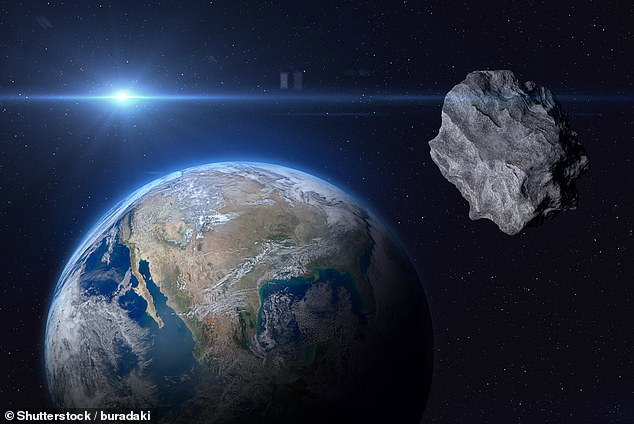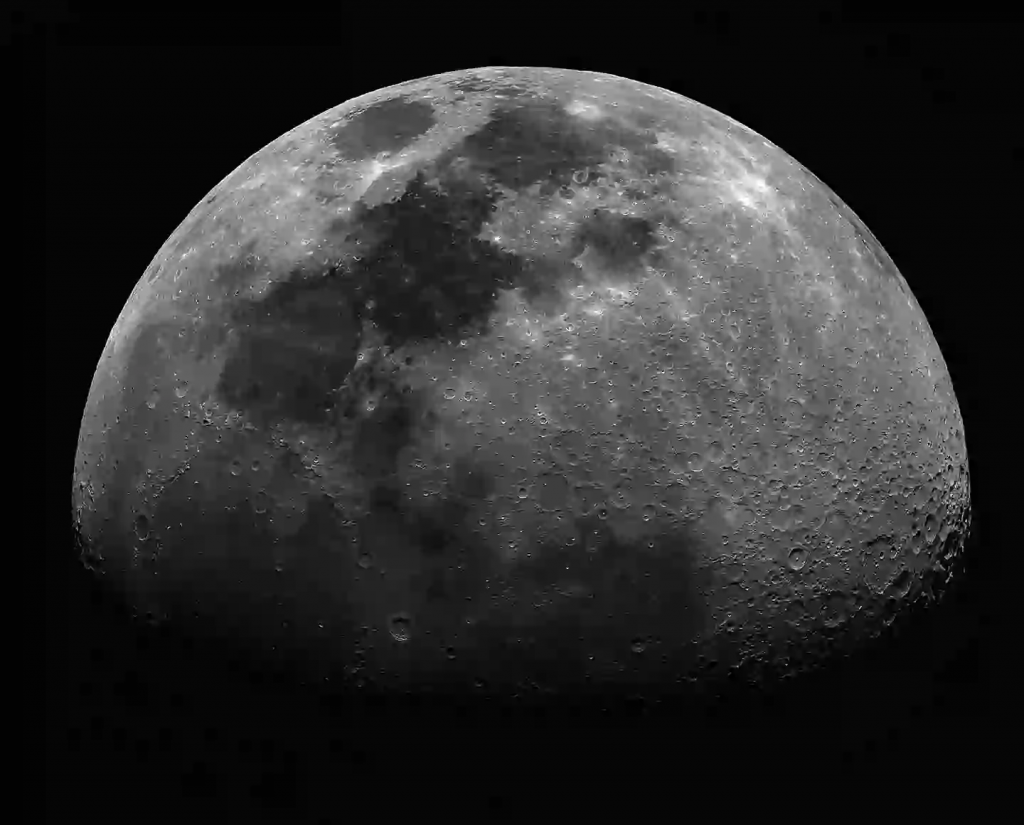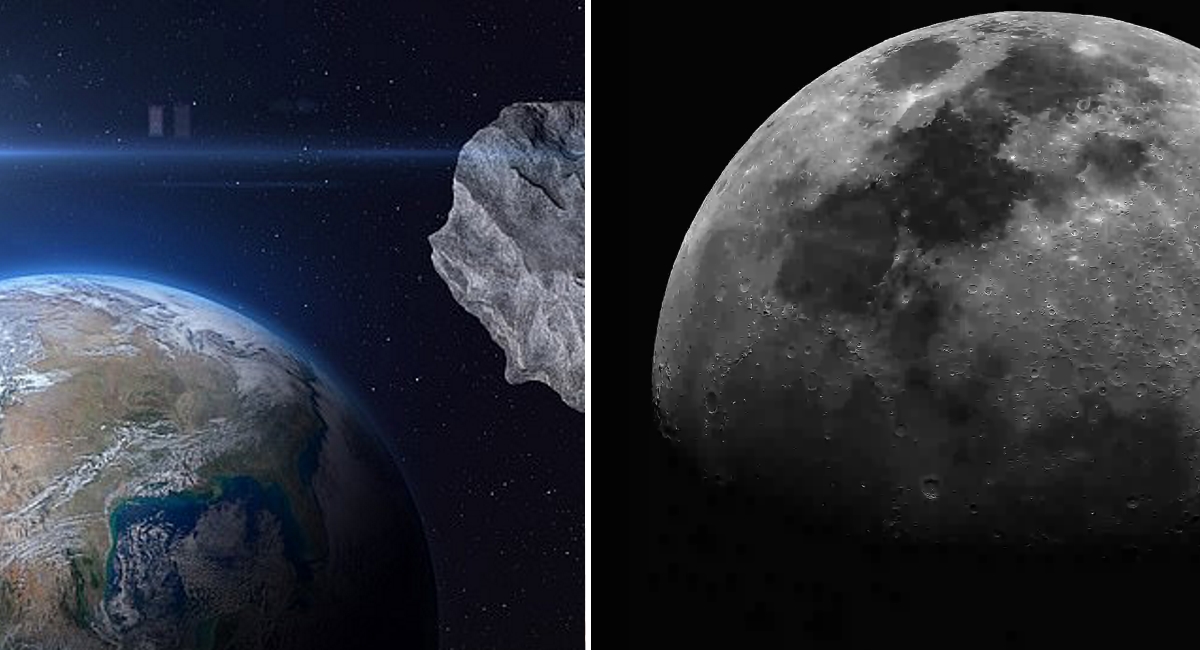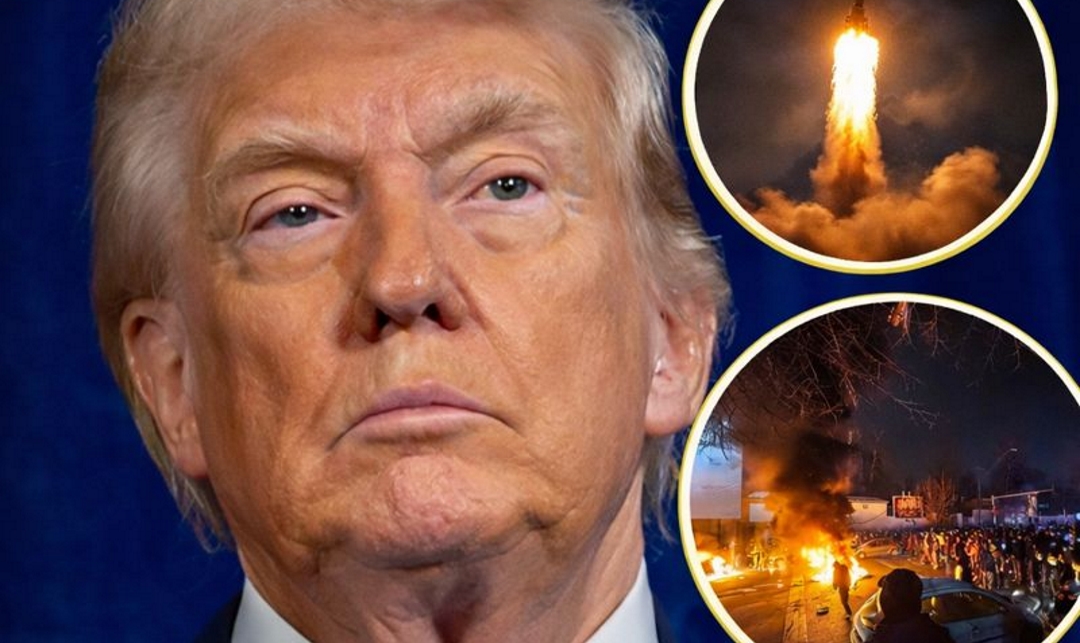New research reveals that Earth isn’t alone—even when our main moon slumbers above us, at least **six “mini‑moons”** may be orbiting our planet at any given time. These tiny visitors, often measuring just a metre or two across, are usually fragments of lunar or asteroid origin that get temporarily captured by Earth’s gravity. As Unilad reported in its breakdown of the study, each mini‑moon typically stays bound for around nine months before drifting away.
Scientists led by astrophysicist Robert Jedicke ran simulations that suggest Earth could host on average **6.5 mini‑moons** in orbit at any time—though detecting most of them is difficult due to their small size and dim reflectivity. These findings, as reported by Yahoo News’ science desk, challenge the long-held idea that our planet has only one natural satellite.

The revelation was inspired in part by the recent observation of asteroid **2024 PT5**, a roughly 33‑foot object discovered in August 2024 that became a mini‑moon for two months before being released from Earth’s gravity in November. According to AP News reports on PT5’s capture and departure, it followed a horseshoe-shaped orbit around Earth before eventually escaping back into its solar path.
Researchers note that **2024 PT5 may have originated from the Moon itself**, possibly ejected by a high‑velocity impact. Spectral analysis and orbital modeling suggest a lunar origin—an idea discussed in depth by Live Science’s feature on PT5.
In addition to PT5, other confirmed mini‑moons include **2006 RH120**, which orbited from 2006 to 2007, and **2020 CD3**, captured between 2016 and 2020. According to Live Science’s overview of known temporary satellites, each case provides insight into how common such transient moons might be.
Simulations show that of the asteroids passing near Earth, about **18,000** may experience temporary capture, though only a fraction complete full orbits. Most remain bound briefly before the Sun’s stronger gravity pulls them away. Details of this dynamic, including the importance of Lagrange stabilization zones like L1 and L2, were explored in studies summarized by Universe Magazine’s analysis.

Significantly, these minimoon–level asteroids are not just scientific curiosities: they may serve as accessible targets for future **sample-return missions**, offering low‑cost opportunities to study material from other parts of the solar system. As described in The Times of India’s reporting on the research, the discovery has boosted interest in expanding our planetary defense and deep‑space exploration programs.
Experts emphasize that while our sky may hide dozens or even hundreds of minimoon‑size objects at any given moment, only the very closest and brightest are detectable with current telescopes. Astronomical tools like the Vera Rubin Observatory’s LSST and advanced radar systems could raise detection rates dramatically, as explored in research posted on SpaceRef regarding future detection capabilities.
One of Earth’s most stable quasi‑satellites, **Kamoʻoalewa (469219)**, stays in a Sun‑orbit with a near‑Earth resonance but isn’t gravitationally bound as a true moon. Still, it stays close enough to be called a quasi‑moon—covered by Wikipedia’s discussion of claimed and quasi‑moons that reveals how blurred the line is between satellites and co-orbiters.
A key question raised by the new findings: Could lunar impact fragments regularly become minimoons? If true, they might help explain a subset of Earth’s near‑space environment composed of moon‑origin debris—a possibility mentioned in studies of **2024 PT5** and others in Live Science discussion on lunar ejecta asteroids.
For planetary scientists, the discovery of multiple mini‑moons orbiting Earth simultaneously is both thrilling and strategically significant—offering temporary stepping stones for missions, hands‑on tests for new sensors, and clues to the Moon’s collisional history. Future surveys like Rubin Observatory’s LSST may expand the number to hundreds detected annually, as predicted in models reviewed on Universe Magazine and simulation studies cited by the researchers.
The public can track known transient satellites like PT5 via open platforms and NASA’s JPL dashboard. While none pose any threat, their existence underscores a dynamic and under‑observed population of near‑Earth objects that may hold both scientific value and strategic potential.
As missions like China’s **Tianwen‑2 probe** aim for asteroid destinations like Kamoʻoalewa—launching sample‑return and reconnaissance campaigns in coming years—the era of mining, exploring, and learning from Earth’s hidden moons is just beginning. These missions, including those described by recent Reuters reporting on Tianwen‑2, could reveal more of the mini‑moons’ origin stories.








